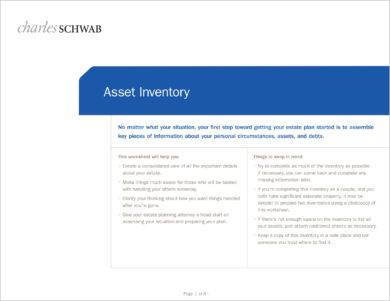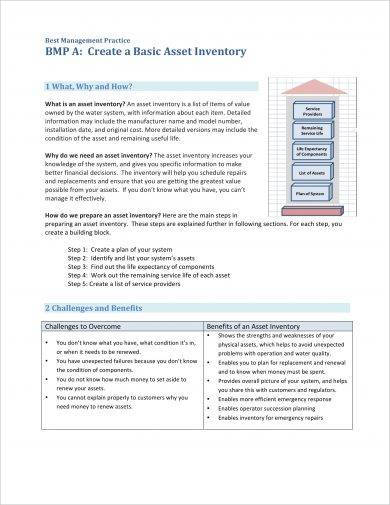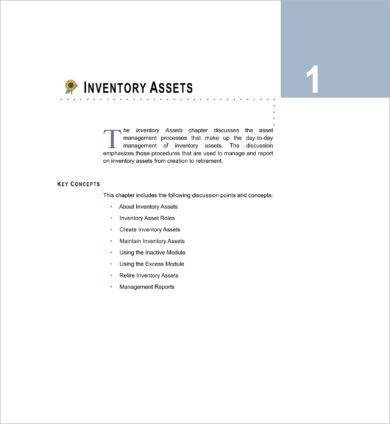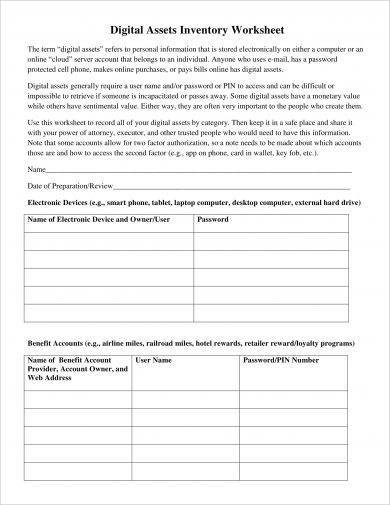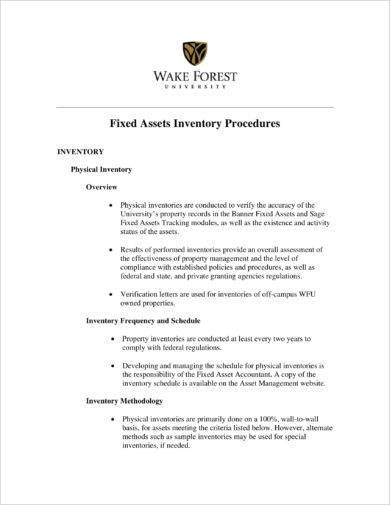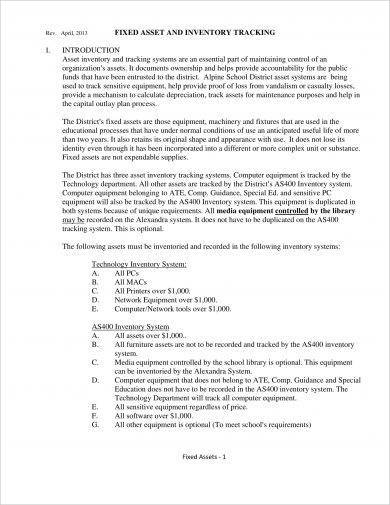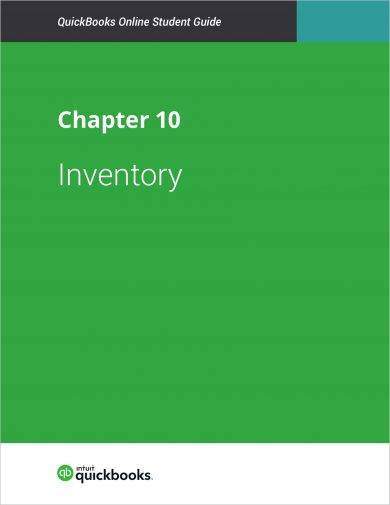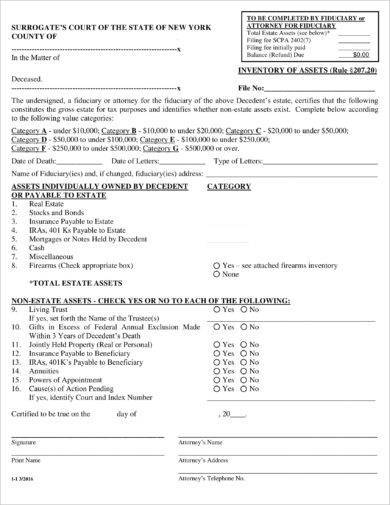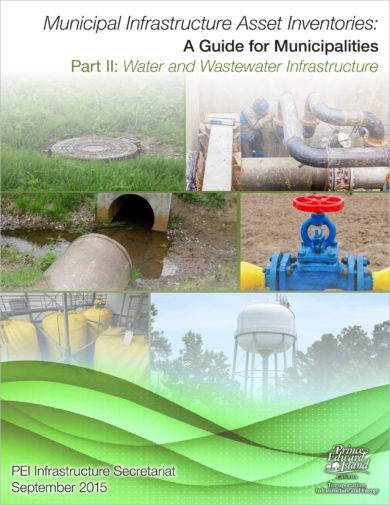9+ Inventory Asset Examples to Download
In every business entity, particularly merchandising and manufacturing, there must be goods that are readily available to be offered to their customers. These goods are called inventories. You may also see free inventory examples.
Accounting standards require that inventories must be presented in the balance sheet of an entity as a current asset, meaning assets that are held by the entity in their normal operating cycle. Inventories, simply stated, are those that are held by a company to be sold to their customers. They must keep track on the movements of inventories, inflow and outflow, for this will ultimately determine how much they have sold for a particular period.
Further discussion can be found in the succeeding sections.
Take a quick glimpse at the examples presented below for inventory assets.
Asset Inventory Worksheet Example
Basic Inventory Asset Example
Concept of Inventory Asset and Examples
Inventory Defined
As per International Financial Reporting Standards (IFRS), inventories include assets held for sale in the ordinary course of business (finished goods), assets in the production process for sale in the ordinary course of business (work in process), and materials and supplies that are consumed in production (raw materials).
Inventories must be reported at the lower of cost and net realizable value (LCNRV).
There are certain inventories that should not be included in the scope of inventories as per IFRS and these are as follows:
1. Work in process arising under construction contracts as this will be measured according to the provisions in long-term construction contracts. You may also see system inventory examples.
2. Financial instruments or the monetary contracts that give rise to a financial asset to one entity and a financial liability or equity instrument to another entity as this has separate standards for its measurement. You may also like inventory examples in pdf.
3. Biological assets related to agricultural activity and agricultural produce at the point of harvest
Measurement of Inventories
As stated above, inventories must be measured at a lower of cost and net realizable value. But, what exactly are the costs in which you can consider as an inventory? Here is a simple list of the costs that should be included in the inventory account:
- Costs of purchase such as the taxes, transport, and handling, net of trade discounts received
- Costs of conversion along with fixed and variable manufacturing overheads
- Other costs incurred in bringing the inventories to their present location and condition
On the other hand, there are certain costs that must not be attributable to the cost of inventory and these are as follows:
- Storage costs
- Selling costs
- Abnormal waste
- Administrative overheads that are not related to production
- Foreign exchange differences that arise directly on the acquisition of inventories invoiced in a foreign currency
- Interest cost when inventories are purchased with deferred settlement terms. You may also see inventory checklist examples.
Disclosure
In your financial statement, there are certain concerns that you must disclose with regard to inventories, and these are as follows:
- Carrying amount of the inventory, which will be classified as merchandise, supplies, materials, work in progress, and finished goods depending on the type of entity
- Cost of inventories recognized as expense
- Carrying amount of inventories pledged as security for liabilities
- Amount of any write-down that is recognized as an expense
- Amount of reversal of a write-down as well as the circumstances that led to such reversal
- Accounting policy used for inventories
- Carrying amount of any inventories carried at fair value less costs to sell
Digital Assets Inventory Worksheet Example
Fixed Assets Inventory Procedure Example
Fixed Inventory Asset Example
Types of Inventory
Inventories come in many types, and each of them will be discussed below:
1. Raw Materials
Generally, raw materials are those that are used in the manufacturing process of components that are to be incorporated into the final product or become part of a sub-assembly which in turn is used to assemble the final product. For example, if you are manufacturing a rolling cart, the raw materials would be steel, bars, wheels, ball bearings, axles, and caster frames. You may also see landlord inventory examples.
Raw materials are commodities or extracted materials that a certain company has produced or extracted. However, they can also be purchased from outside the entity. Other examples of raw materials are chemicals, paper, paint, steel, ore, grain, minerals, petroleum, wood, and food items. You may also like sample inventory.
2. Work in Progress
Work in progress, or simply WIP, comprised of materials, parts, components, assemblies, or sub-assemblies that are still on the process toward completion or are still waiting to be processed.
Raw materials that are still on the process encompass the work in progress. WIP also includes those that materials that have been released for initial processing and the materials that have been completely processed but still awaits final inspection or acceptance. In general, any item that has a preceding process or parent but is not a raw material is part of the work in progress. You may also check out accounting inventory examples.
3. Finished Goods
When the raw materials are being processed, it becomes a work in progress inventory, and when the process has already been completed, it would be forwarded to the finished goods.
Finished goods are those that are already completed inventory that are ready to be sold to the customers and retailers, sent to distribution centers, or displayed in the store in an anticipation of a customer purchase. They are the stock of completed products that have already been inspected and have passed the final inspection requirements and can already be transferred out of work in progress and into the finished goods inventory. You might be interested in school inventory examples.
Inventory Asset Discussion and Examples
Inventory of Asset Form Example
Other Inventory Classifications
Inventories can also be classified according to the purpose that they serve.
1. Transit Inventory
These are inventories that result from the need to transport materials from one location to another and where transportation time is involved in getting the inventory from one location to another. This can sometimes be referred to as pipeline inventory. You may also see simple inventory examples.
Inventories that are shipped by truck will sometimes take days to be delivered from a warehouse to a retail facility. There are large entities that employ freight consolidators to pool their transit inventories that come from different locations into one shipping source to take advantage of the economies of scale which can greatly increase the transit time for the inventories. You may also like restaurant inventory examples.
2. Buffer Inventory
Inventories can also be used to protect against unforeseen demands and unpredictable events including poor delivery reliability or poor quality of a products from suppliers. These are often referred to as safety stock or buffer inventory which is any amount that is above the amount that is currently needed in order to meet demands. You may also check out food inventory examples.
The higher the level of buffer inventory, the better the firm’s customer service. This happens because the entity suffers fewer stock outs and has less need to back-order the inventories. Hence, the better the customer service, the greater the likelihood of customer satisfaction. You might be interested in process inventory examples.
3. Anticipation Inventory
Anticipation inventories are those inventories that are stored in an anticipation of a possible future event where there is an increase in the demands of such simple inventories. Examples of these events are price increase, impending labor strike, and seasonal increase in demand. Halloween, Christmas, and back-to-school seasons are usually the peak season where the inventories relating to these occasions will have an increase in demand as compared to the other time of the year.
To meet the increasing demands of the customers, entities will reserve an anticipation inventory or manufacture a lot more before the coming of the anticipated high-demand seasons.
4. Decoupling Inventory
Decoupling inventories are those general inventories that serve as a shock absorber or those that cushion a system with production irregularities and malfunctions. When a certain machine working a certain work in progress inventory that will be passed on to the next machine breaks down, the process may be hindered or stopped.
Hence, in order to keep the manufacturing going and smooth sailing, decoupling inventories are needed. They decouple or disengage the machine’s dependence upon the sequential requirements of a certain process in the manufacturing of a certain product of an entity. You may also see store inventory examples.
5. Cycle Inventory
These are inventories that are ordered as an excess material held in an effort to reach the minimization point, balancing the carrying costs and setup costs.
When talking about carrying costs and setup costs, you must be aware of the concept of the economic order quantity. This is an attempt to balance the carrying costs and setup costs of an inventory, because if large quantities will be ordered or produced, carrying costs will increase and setup costs will decrease. You may also like asset inventory examples & samples.
On the other hand, when lot sized decrease, the setup costs will increase and carrying costs will decrease. However, when these two costs are equal, the total cost is minimized. Hence, in order to keep these two balanced, cycle inventories are needed.
6. MRO Goods Inventory
Maintenance, repair, and operating supplies, or simple MRO, are inventories that are used to maintain the production process. These inventories are usually consumed as a result of the production process. However, they are not directly related or a part of the finished product. You may also check out skills inventory examples.
MRO goods inventory include but is not limited to oils, lubricants, coolants, packing material, shim stock, key stock, staples, pens, pencils, paper, janitorial supplies, tools, nuts, bolts, screws, uniforms, gloves, and toner.
7. Theoretical Inventory
Finally, the last type of inventory is the theoretical inventory. This is the average inventory for a given throughput assuming that there are no work-in-progress inventories waiting in a buffer, which is obviously an ideal situation where inflow, processing, and outflow rates were all equal at any point in time. You might be interested in property inventory examples.
Unless one has a single process system, there will always be some general inventory within the system. This inventory is a measure of the above system and represents the minimum inventory needed in a process or flow without waiting time. The purpose of this inventory is to maintain a high level of customer service while minimizing the costs.
Municipal Infrastructure Asset Inventory Example
Personal Inventory of Asset Example
Reasons to Maintain Inventories
You must see to it that you keep your inventories rolling and you have enough reserves maintained for your inventories. The reasons are as follows:
- To meet a foreseen increase in demand
- To protect against unforeseen increases in demand
- To prevent the whole factory to be idle in case of breakdown of some parts of the process
- To keep a steady stream of material flowing to retailers rather than making a single shipment of goods to retailers
- To take advantage of price breaks for ordering raw materials in bulk
- To be used as collateral to obtain financing in some cases
You may also see moving inventory examples.
Final Note
It is important that you know not only on how to handle and store your inventories properly but also on how to measure them and report them in your general financial statement. You must know how to determine the cost of your inventory; otherwise, you cannot precisely determine your net profit.
The discussion above can surely help you know the basics about inventory which you might need whenever you are running your own business or you are tasked to record the inventories.



